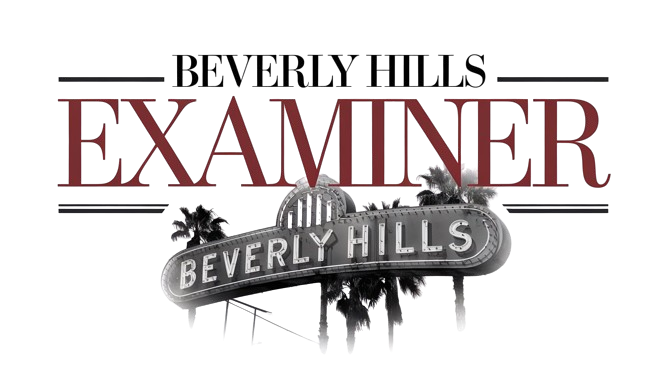While Alfred Hitchcock’s legacy is often defined by his most famous film, Psycho, there’s another movie in his filmography that deserves just as much—if not more—attention: Dial M for Murder. While Psycho’s incredible quotes, shocking twists, and iconic scenes make it a horror classic, Dial M for Murder offers something similar yet entirely different. It provides a masterclass in slow-burn tension and meticulous plotting, drawing viewers in with its carefully crafted suspense. Hitchcock showcases his genius in a more intimate setting, proving that horror doesn’t always require sensational or overtly creepy moments to make an impact.
One of Hitchcock’s best movies, Dial M for Murder may not have the same immediate horror appeal as Psycho, but its subtle thrills are just as powerful. The film’s brilliance lies in its ability to create tension through psychological manipulation and character interactions rather than overt horror. As the story unfolds, the carefully orchestrated plot keeps the audience on edge, building to a climax that feels both inevitable and shocking, even when directly compared to Psycho’s mysterious and gripping ending. For those seeking a Hitchcock film that offers a different flavor of suspense, Dial M for Murder is the perfect choice for this spooky season.
What Alfred Hitchcock’s Dial M For Murder Does Better Than Psycho
A More Well-Rounded And Small-Scale Approach
Psycho often takes center stage when discussing Hitchcock’s impact on the horror and thriller genres, but Dial M for Murder excels in many areas where Psycho doesn’t. While Psycho leans on shock value and groundbreaking twists, Dial M for Murder plays out like a perfectly choreographed dance of manipulation and suspense. The entire film operates like a delicate game of chess, with every character’s move carefully calculated, and every mistake driving the plot closer to disaster.
Where Psycho shocks its audience with bursts of horror, Dial M for Murder works differently. The horror here is slow and psychological, as the viewer is drawn into the unfolding murder plot, not knowing whether it will succeed or crumble. Hitchcock doesn’t need the bold reveal of Norman Bates to make your heart race—he instead relies on razor-sharp dialogue and tense character interactions to keep you on edge. Dial M for Murder is a more refined kind of thriller that uses dialogue instead of shock value to keep the watcher hooked.
How Dial M For Murder Masterfully Builds Tension as a Thriller
Dial M For Murder Is A Masterful Tale of Two Halves
Though Hitchcock was no stranger to creating tension, Dial M for Murder takes his signature style and amplifies it by restricting the action entirely to a single room. This decision turns the film into an exercise in claustrophobic suspense, as the characters attempt to navigate a murder plot within the tight confines of the space. The real brilliance, however, comes from the dialogue and character interactions that transform mundane moments into high-stakes confrontations.
What makes
Dial M For Murder
so brilliant is that it is obviously separated into two halves, yet it does this masterfully to its benefit. The first half follows the murder and how it will take place, whereas the second half tackles the investigation of the murder.
What makes Dial M for Murder so brilliant is that it is obviously separated into two halves, yet it does this masterfully to its benefit. The first half follows the murder and how it will take place, whereas the second half tackles the investigation of the murder. The step-by-step process of watching the scheme unfold ratchets up the tension, and the tension never ceases, even once the murder is committed and the film is dealing with the aftermath.
Why Dial M For Murder Deserves More Love as a Horror Movie
There Is No Film Quite Like Dial M For Murder
Sure, Psycho is celebrated as Hitchcock’s timeless classic, but Dial M for Murder deserves to be far more recognized for its contributions to the genre. While it lacks the overt violence and supernatural elements typically associated with horror, it delves into a more psychological fear—the terror of manipulation, betrayal, and murder in one’s own home. The villain, Tony Wendice (Ray Milland), has a calculated, cold-blooded nature and is frightening not because he’s a crazed killer like Norman Bates, but because he is not. He is just an ordinary man with a vendetta.

Related
10 Best Grace Kelly Movies, Ranked (According To IMDb)
Princess Grace Kelly was one of the most beautiful stars of the Golden Age of cinema, and talented, to boot. IMDb ranks her 10 best films here.
The true horror of Dial M for Murder is in its grounded nature. There’s nothing supernatural or exaggerated about the plot—it’s the realness of the betrayal, the calculated decision to murder a loved one for financial gain, that makes it so chilling. Wendice’s ability to smile while plotting a murder is far more unsettling than any knife-wielding maniac. The fear here is subtle, born from the dread of watching a perfect plan unravel, and the human lives caught in its web of consequences.
Dial M for Murder delivers a kind of terror that lingers long after the film ends. It may not have the shocking reveals or iconic imagery of Psycho, but its slow-burn suspense and psychological tension make it a Halloween must-watch for any fan of Hitchcock’s unique brand of horror. This October is the perfect time to skip the shower scene and dive into the suspenseful masterpiece that is Dial M for Murder.




